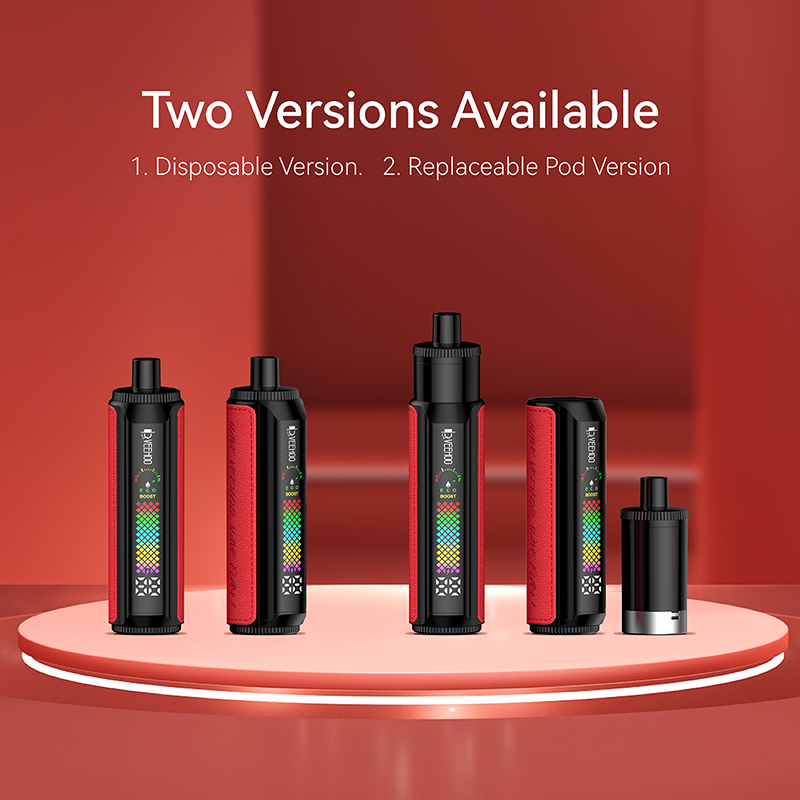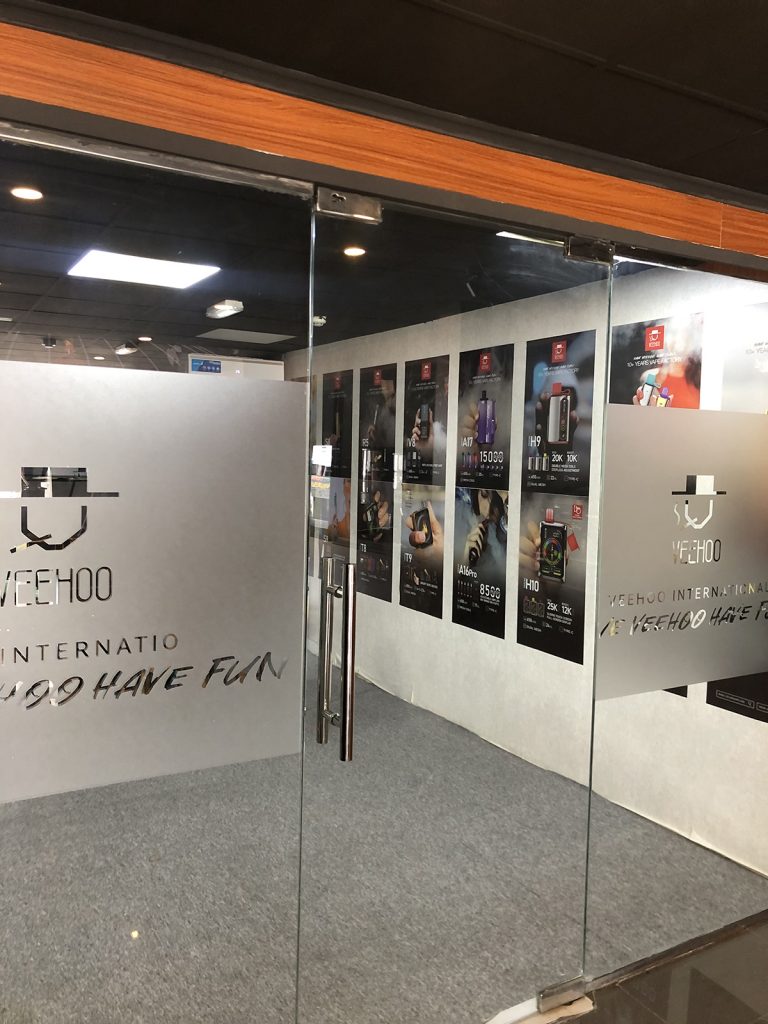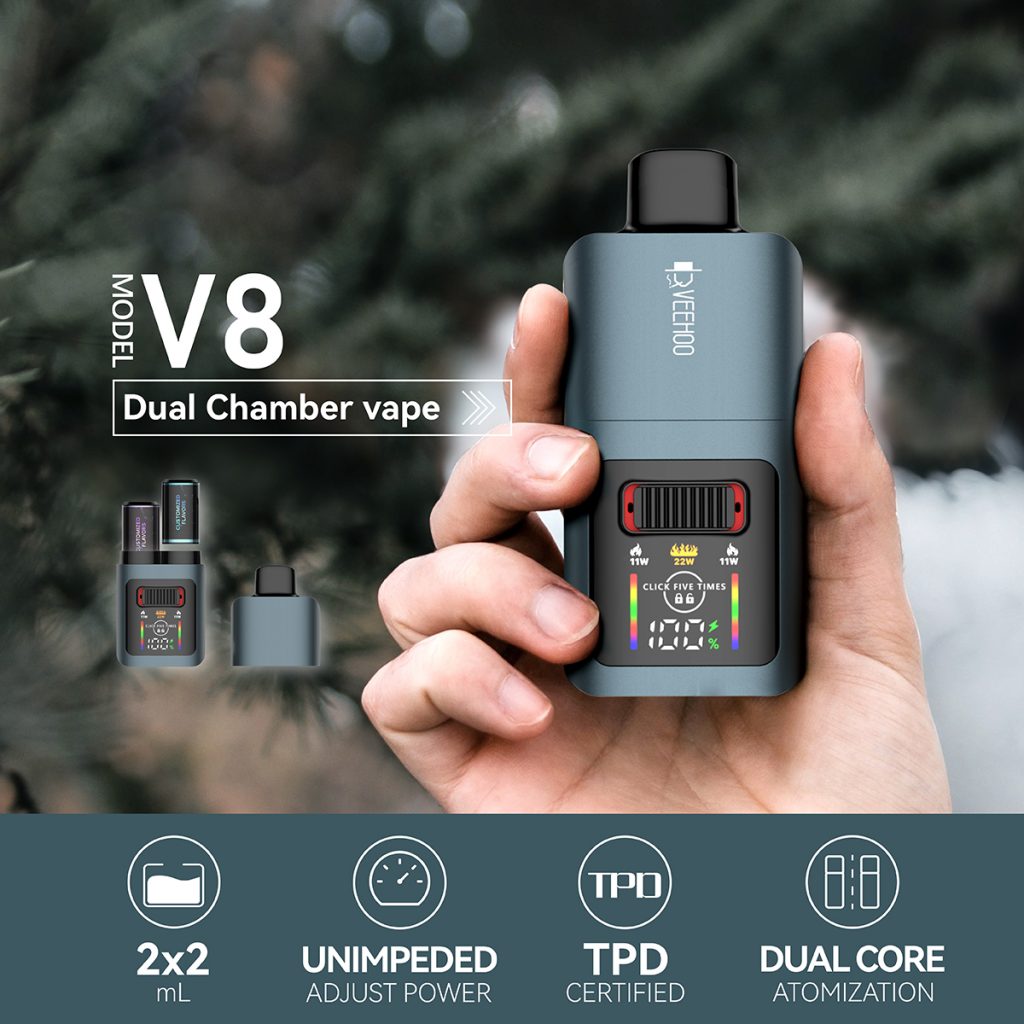By 2025, the global e-cigarette market will exceed $85 billion, but the overseas market channel pattern has undergone fundamental fission. Offline channel shrinkage: Traditional retail terminals in Europe and the United States (convenience stores, tobacco specialty stores) are hit by flavor bans (such as the US FDA’s ban on the sale of non-tobacco flavored products) and consumption tax increases, and offline sales will decline by 12% year-on-year in 2024.
Intensified monopoly by giants: Philip Morris International (IQOS) and British American Tobacco (Vuse) control more than 60% of offline shelf resources in mature markets such as Japan, South Korea, and the European Union through patent barriers and government lobbying, squeezing the survival space of small and medium-sized brands. At this stage, if emerging brands rely on traditional distribution systems, it is almost difficult to break through the blockade of giants.

Independent station + social media: Brands accurately reach Generation Z through TikTok and Instagram, and the proportion of global e-cigarette DTC sales will rise to 35% in 2024 (only 5% in 2019). Subscription system and private domain operation: The repurchase rate of subscription services for monthly delivery of cigarette cartridges exceeds 70%, and private domain communities (such as WhatsApp user groups) have become the key to improving stickiness.
Southeast Asia’s “light asset” strategy: Brands cooperate with local supply chains (such as OEM factories in Indonesia and Malaysia) to reduce tariffs and logistics costs, and the terminal price is 40%-50% lower than that in the European and American markets. Regional distributor alliance: In emerging markets such as the Middle East and Africa, leading distributors jointly establish a procurement platform to concentrate bargaining power and share compliance risks.
PMTA (US) and TPD (EU) certification: In 2024, more than 70% of the world’s e-cigarette companies will exit the market because they cannot afford the certification costs (PMTA costs for a single product exceed US$1 million). “Compliance is a barrier”: Certified brands can use policies to clear out competitors. For example, VEEHOO, with its full range of PMTA certification, will grow against the trend in the US convenience store channel to 8.3% in 2025.

IoT smoking equipment: Connect to the APP via Bluetooth to monitor user habits in real time, feedback regional consumption preferences to dealers (such as German users prefer 3mg nicotine concentration), and optimize inventory turnover. Dynamic anti-counterfeiting system: Scan the code to verify the authenticity of the product, and automatically jump to the nearest offline store or independent website to achieve the closed loop of “offline customer acquisition-online repurchase”.
”Smoking equipment + peripherals” bundled sales: Launch limited sets in collaboration with coffee brands and e-sports equipment manufacturers, and enter non-traditional channels such as convenience stores and trendy brand collection stores. Local KOL partner program: Recruit Internet celebrities as regional agents in Southeast Asia, and use their social traffic to reduce customer acquisition costs (60% lower than traditional advertising costs).
Global certification matrix: As of early 2025, VEEHOO has obtained 12 certifications including PMTA (US), KC (South Korea), and RoHS (EU), making it one of the few Chinese brands that covers the European, American and Asian markets at the same time. “Policy hedging” capacity layout: set up factories in Serbia and Morocco to avoid the risk of Sino-US trade friction and ensure zero tariffs on exports to Europe.

Although the emerging model brings opportunities, the overseas market of e-cigarettes still faces three challenges: Policy uncertainty: WHO intends to promote a global e-cigarette advertising ban, which may force DTC brands to return to offline; Giant counterattack: Philip Morris International plans to launch the “IQOS membership platform” in 2025 to compete for DTC users with a points system; Ethical controversy: Environmental organizations accuse disposable e-cigarettes (such as VEEHOO’s Puff Bar series) of causing plastic pollution, which may trigger supply chain reviews.
Competition in the overseas market of e-cigarettes has shifted from “channel coverage” to “user operation”. Whether it is VEEHOO’s Internet of Things ecosystem or the giant’s membership platform, the ultimate goal is to create stickiness driven by data. The future winners may belong to those brands that can both master the complexity of compliance and integrate products into users’ daily scenarios.
Tags: e-cigarette market, heated tobacco (HNB), atomized e-cigarettes and oral cigarettes, veehoo vape